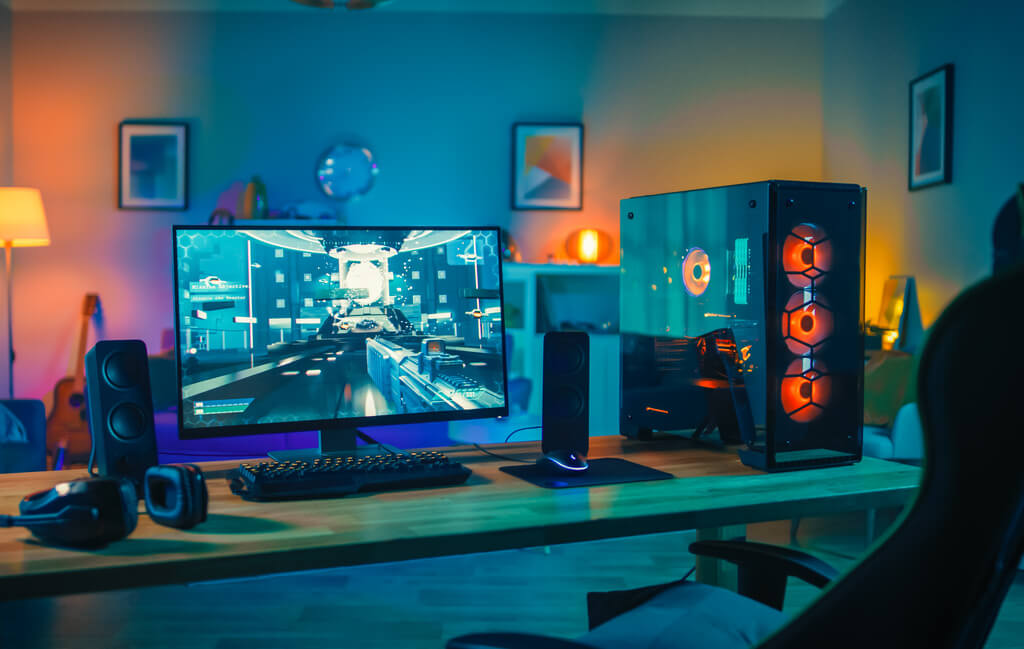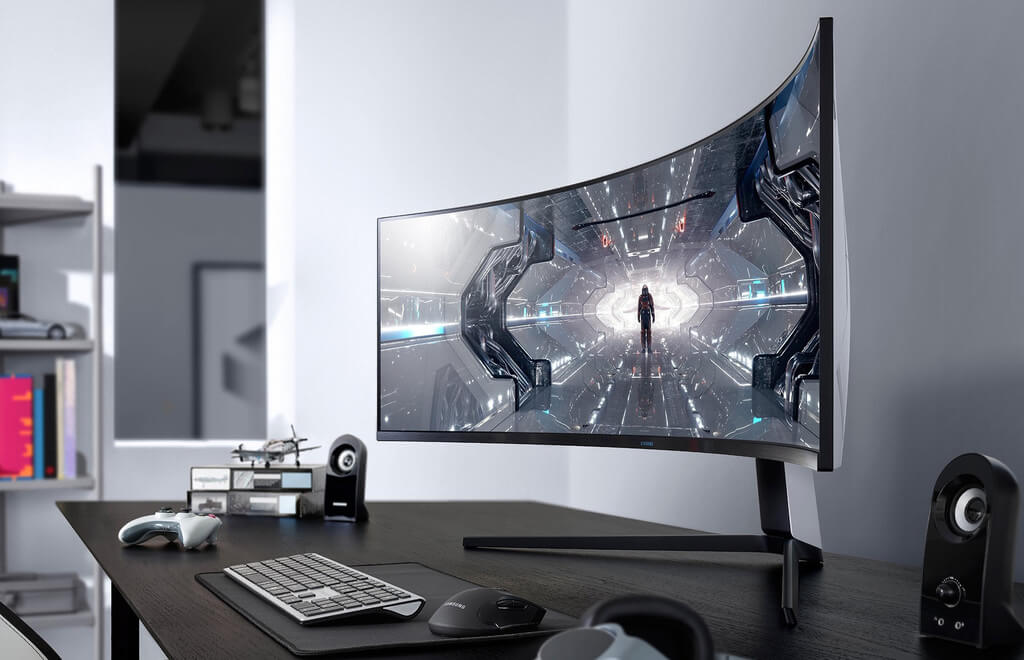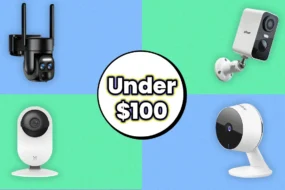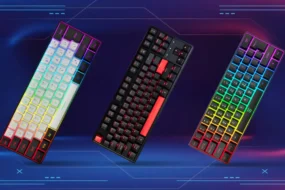If you’re going to buy the best monitor, you have to choose what fits your needs. Following is the sample for your reference. It’s as simple as that. One debatable topic when it comes to computer monitor choices is whether a curved monitor or a flat monitor is best.
Curved and Flat Monitors Defined
Flat monitors or flat-panel displays are older and have been around since the 60s. After the bulky CRT monitors, flat-panel devices were introduced to use LCD or LED tech. Flat screens were also used for laptops, mobile phones, digital cameras, and other similar pocket devices.
As its name suggests, curved monitors are slightly curved so that they are more visible to your field of view. These monitors resemble the shape of an eyeball, which has its pros (less eye strain) and cons (difficulty moving across the display).
The curvature of the monitor is measured using ‘R’ and the lower the number is, the greater the curve. For example, a monitor with an 1800 curved rating will offer better curvature measurement than the 4000r.
The Pros and Cons of Flat Monitors

So here’s what you need to know about flat monitors:
- They’re available in 16:9 and 21:9 sizes
- They are budget-friendly and are highly accessible (most computer shops have them for sale).
- Ultra-wide monitors are considered flat monitors, but wider with an increased field of view.
- Generally speaking, flat monitors have good color accuracy.
- Gamers prefer flat monitors because of their fast refresh rates and response times. These monitors also have low input lag, which is perfect for any kind of intensive gaming.
When it comes to gaming, flat monitors aren’t totally inclusive because not all games support a 21:9 aspect ratio, which would make the edges of a user’s screen look like black spaces or black bars.
The Pros and Cons of Curved Monitors

So here’s what you need to know about curved monitors:
- They’re still pretty new to the market. It would take a couple of years for this technology to reduce its pricing.
- Gamers love curved monitors for the three-dimensional view it provides the gamers, giving them a more immersive experience.
- If you love watching 3D, but can’t view it for long because you get dizzy right after, watching on a curved monitor gives you the same impressive view as a 3D image or video, but without the dizziness.
- Curved monitors keep images adjacent to the user’s eyes, which is responsible for reducing eye strain that most people get from regular flat screens.
The problem with curved monitors is that in some cases, the produced glare could also cause eye strain. You’ve totally removed this from using flat monitors, but you’re not quite safe from it yet. Some users are able to prevent this by adjusting the lighting.
If you’re going to be gaming and streaming with a curved monitor, note that because the technology is new, not all games have caught up with it yet. This means that curved monitors tend to bring lower response times (compared to flat monitors with impressive refresh rates in games).
As you can imagine, curved monitors don’t look well mounted to the wall like flat monitors. Plus, you’d have to be sitting in the center of your display to enjoy the entire viewing angle.
The Bottom Line: Which Is Better for You?
When deciding between a curved and flat monitor, it often boils down between a person’s budget and the demands of their work or gaming.
- COST: Curved monitors will always be pricier than flat monitors because they have newer technologies. If you’re on a budget, then flat monitors are the perfect monitor. They come with better options and come in affordable price ranges.
- ERGONOMICS: Curved monitors look super-fancy, but ultrawide flat screens could similarly be a head-turner. I think it’s a tie between the design and ergonomics of both types of monitors and the decision would be based on personal preference.
- FLEXIBILITY: If you like monitors that are adjustable, both flat and curved monitors are flexible and can be tilted and adjusted to your liking. Some flat monitors even turn vertically, which is perfect for writers and coders writing chunks of text on a regular basis.
Both flat and curved monitors are available in the market in different sizes. However, the aspect ratios are easier to distinguish because flat panels have a more proportional aspect ratio than curved monitors.
Just like other types of monitor considerations, your decision will still depend on what you’re planning to do with the monitor. If it’s for gaming, go with flat monitors. If you’re shopping for an entertainment monitor, a curved monitor could offer you a more vivid and 3D experience. For general use, it could be a toss-up.
To get more information:










